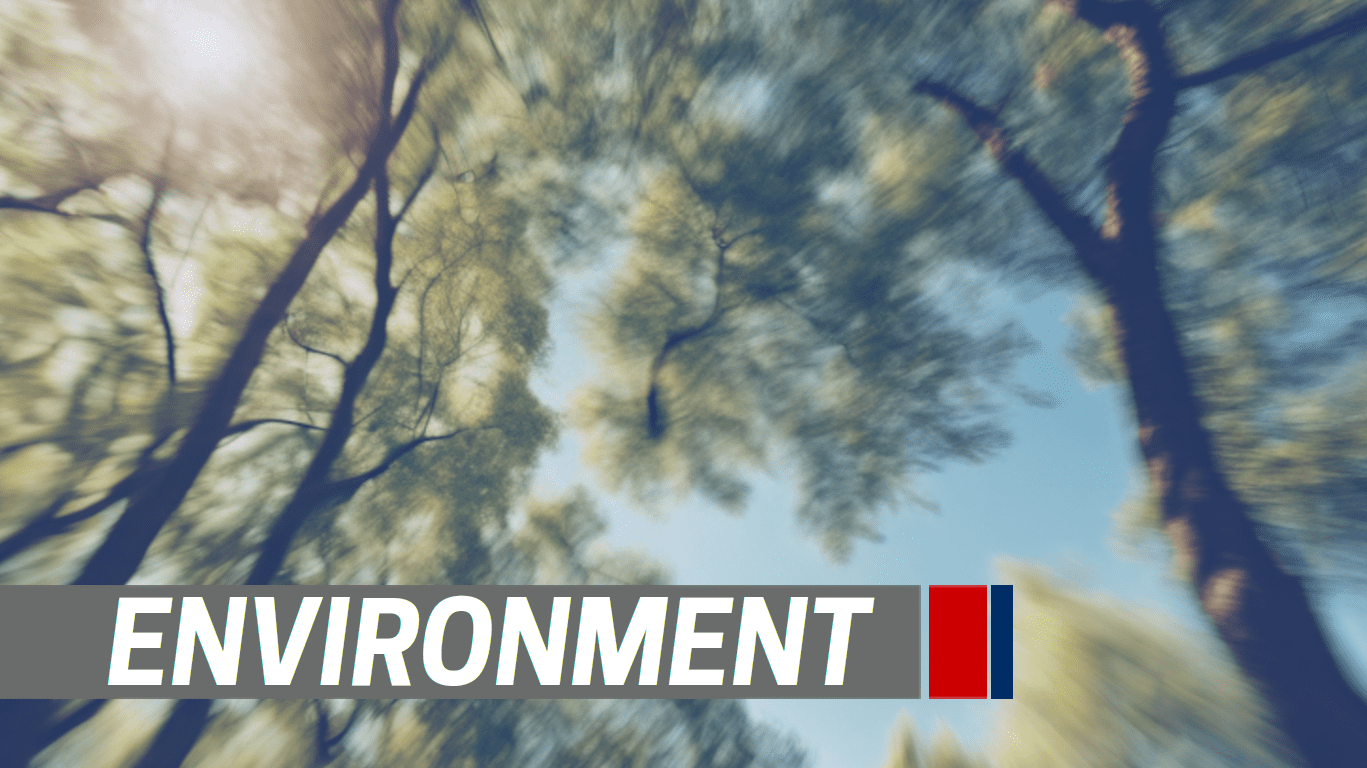Off the popular Third Creek Greenway, there’s plenty of greenery hugging the riverbank. However, much of this greenery consists of invasive species such as bush honeysuckle and privet, which can grow up to 30 feet high and choke out native plants.
This issue is widespread throughout the city, with non-native fast-growing vegetation becoming entrenched in parks and along greenways. At the 318-acre Ijams Nature Center, over 40 exotic species have been documented.
A $225,000 federal grant through the Inflation Reduction Act (IRA) will help the city address this problem. Over 4½ years, the funding will support both paid and volunteer crews to strategically thin areas overrun by invasive species.
City of Knoxville Urban Forester Kasey Krouse hopes the combined efforts of professional horticulture crews and volunteers will clear 100 acres of invasive species. “A hundred acres – that’s a really big number, and it represents tremendous progress,” says Ben Nanny, Ijams’ Conservation Director.
Krouse expresses concern that invasive plants are overpowering the understories beneath healthy trees, jeopardizing the future of the urban forest. He notes, “There is no next generation of dogwoods, redbuds, and sugar maples that are coming up because the invasives are out-competing the native vegetation.”
Currently, Ijams has about a dozen Weed Warrior ambassadors who tackle invasives within the nature center. With the new funding, Krouse and Nanny envision expanding these efforts citywide, with volunteers removing invasives under trained team leaders’ guidance.
“The initial push by the contractor crews will be hugely visible – and inspiring,” Nanny says. He hopes that the City and Ijams will recruit many volunteers from the community, who understand the problem and are invested in maintaining healthier forests.
With IRA funding awarded, the first step involves scouting City parks, greenways, school grounds, and Knoxville’s Community Development Corp. housing communities to prioritize invasive species removal. Actual removal efforts are expected to begin next year.
Once species like privet and kudzu are controlled, native plants such as warm-season grasses, blackhaw viburnum, redbuds, and dogwoods can thrive. “There’s a laundry list of native plants that are beautiful and beneficial,” Nanny says.
Improving native vegetation not only promotes a healthier urban forest but also enhances habitats for wildlife. “The invasive species work to outcompete our native vegetation,” Krouse says. “If we do nothing, we will lose biodiversity – it’s just a matter of time. That’s why we’re so thankful for this crucial funding.”
This grant is the second major infusion of IRA funding to improve Knoxville’s tree canopy. Last year, $1.7 million was allocated to Trees Knoxville, a City nonprofit partner, to plant and maintain 7,500 trees across various locations. Additionally, the University of Tennessee received $2.6 million to increase tree canopy coverage and bring ecosystem services to underserved communities in East Knoxville.
View All News
Source: Read Original Release


